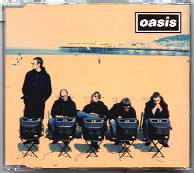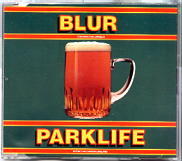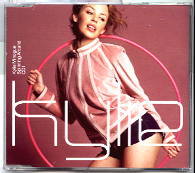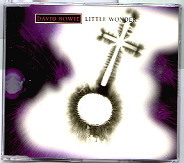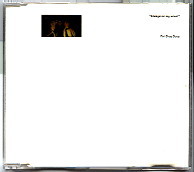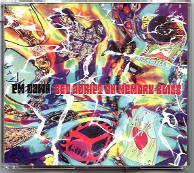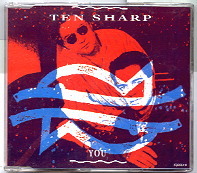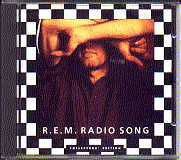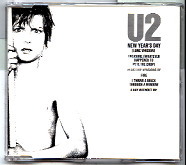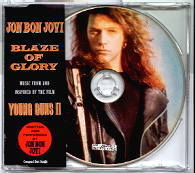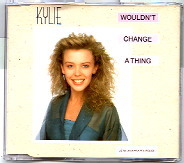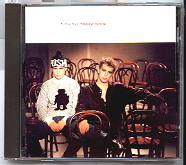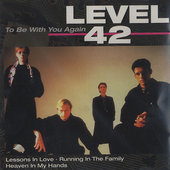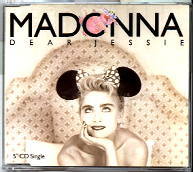Categories+
Online Catalogue | Artists - C | Capercaillie | Capercaille Biography
Capercaille Biography
Online Catalogue | Artists - C | Capercaillie | Capercaille Biography
Information
Best Sellers
New Products
Customer Services
Website Information
How to get in touch with us
Call us on
Please contact by emailPlease contact by email
Matt's CD Singles
11 Highfield Crescent,
Hornchurch,
Essex,
UK,
RM12 6QB,
United Kingdom.
Buy Online - the best way to buy

Capercaille Biography CD Singles, Capercaillie CDs, Capercaillie Maxi CD Single, Buy Rare Collectable Capercaillie CDs, Capercaillie CD Albums

© 1999 - 2025 Matt's CD Singles





